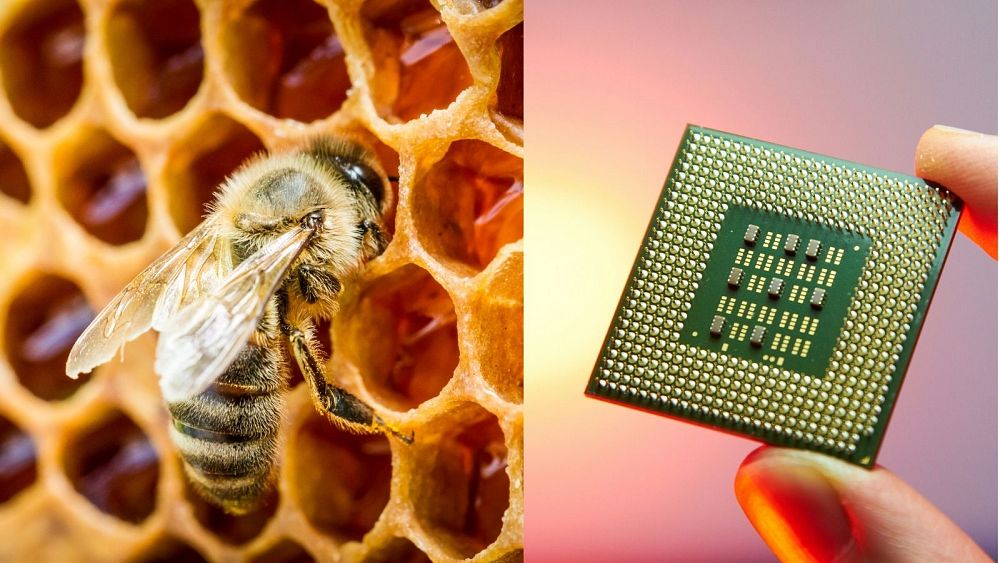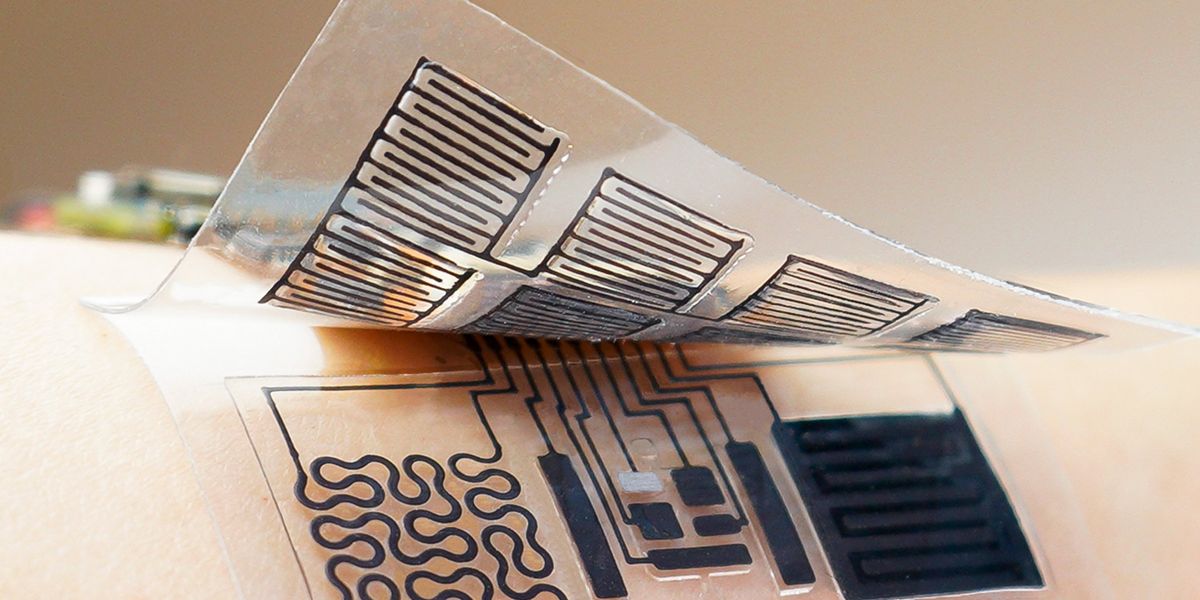Honey could be made use of to make impressive laptop or computer chips and slash e-waste, researchers say
3 min read
Table of Contents
Could honey offer a alternative to the worldwide shortage of semiconductors – and assist reduce down on digital waste in the system?
A new research from the United States suggests that honey could be utilized to make an environmentally pleasant laptop or computer chip that can process and store data by mimicking the human mind.
Hailed by some as the long term of computing, so-referred to as neuromorphic methods are substantially more rapidly and use a lot considerably less power than traditional pcs.
Now Washington Condition College (WSU) engineers have shown one particular way to make them extra organic and natural, far too.
They found that honey can be used to make a memristor – a element comparable to a transistor that can not only procedure but also keep information in memory.
“This is a quite tiny machine with a straightforward framework, but it has extremely identical functionalities to a human neuron,” claimed Feng Zhao, affiliate professor of WSU’s University of Engineering and Laptop Science and corresponding writer on the research.
“This suggests if we can combine hundreds of thousands or billions of these honey memristors together, then they can be designed into a neuromorphic system that functions significantly like a human brain”.
Imitating the human mind
The findings had been printed in previous month’s problem of Journal of Physics D but were being only promoted by Washington State College this week.
For the analyze, researchers processed honey into a strong type and sandwiched it amongst two steel electrodes to mimic a human synapse – the smaller pocket of space concerning two neurons wherever info is passed from just one to the other.
They observed that the biodegradable honey memristor was equipped to emulate human synapses and their capacity to switch on and off pretty promptly even though retaining some information.
They crafted the honey memristor to be about the same width as a human hair.
Likely forward, the staff ideas to produce them on a nanoscale, about 1/1000 of a human hair, and bundle several hundreds of thousands or even billions alongside one another to make a total neuromorphic computing program.
The human brain has far more than 100 billion neurons with much more than 1,000 trillion synapses, or connections, among the them.
Every single neuron can both of those course of action and retailer knowledge, which makes the brain substantially extra productive than a common laptop or computer, and builders of neuromorphic computing methods intention to mimic that framework, the workforce discussed.
Various firms, which include Intel and IBM, have currently unveiled neuromorphic chips which have the equal of much more than 100 million “neurons” for each chip, but this is not however around the variety in the brain.
‘Renewable and biodegradable’
Zhao and his team are also on the lookout into utilizing proteins and other sugars these kinds of as these located in Aloe vera leaves, but he sees solid prospective in honey.
“Honey does not spoil,” he explained. “It has a very lower dampness focus, so bacteria can’t endure in it. This indicates these pc chips will be extremely steady and reliable for a quite prolonged time”.
The scientists say the honey memristor chips they made should really also tolerate the decreased levels of warmth generated by neuromorphic devices, which never get as incredibly hot as conventional pcs.
Importantly, honey memristors would enable lessen digital waste by “creating renewable and biodegradable neuromorphic programs,” Zhao claimed.
“When we want to dispose of products utilizing pc chips produced of honey, we can easily dissolve them in drinking water,” he claimed.
This also suggests, he cautioned, that just like common computers, consumers will nevertheless have to keep away from spilling their espresso on them.






